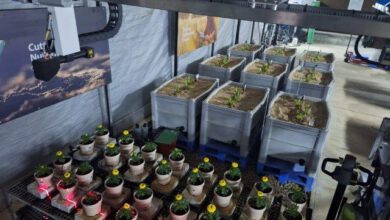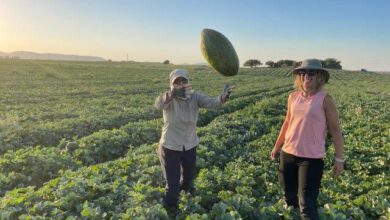
In recent years farmers in Israel have been introduced to several new marketing channels and with little investment and virtually at no cost every farmer can now brand and market farm produce worldwide.
While only a few years it needed a major marketing company such as “Agrexco” to achieve effective export marketing, nowadays the creative, modern and flexible farmer has taken over the leading role.
A farmer with a top quality flower/fruit/vegetable for sale, whose produce outclasses that of the other farmers (in quality, shelf-life, sorting and similar), can obtain a reasonable target price by solving the problem caused by inadequate or unsuitable branding and marketing.
The most effective way of selling that product at the highest price is to create an “added value” for it and here that added value is Our Story.
The basic assumption here is that “If only we could succeed in reaching the relevant buyers in the target countries and convince them to try out our product then they might be prepared to pay the premium price, which we are asking.” Now can this target be attained? First phase: Creating a story for the produce and the farm and outlining the route taken by the product from the planting stage up to the moment it reaches its final customer.
This information should relate to you the farmers, your farm’s history, daily routine, difficulties encountered while growing the product, picking/harvesting/sorting/shipping it, etc. A highly personal story featuring many photographs and presented visually with a short film/slide presentation/internet page or website is preferable.
The farmer’s main objective here is to make a highly professional presentation that conveys the farmer’s message (studying the stories of leading farms worldwide may help here).
Second phase: Circulating the story among the potential buyers using one of the many communication channels available such as the following:
A. QR-Code – This is the square Barcode with which we are all familiar and can be scanned using the universal Smart-phone.
By scanning this Barcode placed prominently on the product’s package the potential customer will discover our story and hopefully proceed to make his or her first purchase… A catchphrase is added to whet the customer’s appetite and convince them to scan the product.
Examples of such phrases include:
a. “How do you lengthen the product’s shelf-life? – Scan me!”
b. Would like to receive a free box? – Scan me!”
B. Making the most of the social networks:
a. Instagram, Facebook and similar – Pictures and anecdotes based on daily life are the focus of this story which is updated almost daily for the potential buyer’s attention (naturally we must ensure that this buyer tracks our story).
b. “WhatsApp” – This is one of the most powerful tools available nowadays. Implementing it allows us to send potential customers pictures/short films, consult with them about the product’s quality and offer them samples of the produce. Such direct contacts yield impressive results.
C. Designing the farm’s own Application – Once the potential buyer has been persuaded to download our application, we shall have direct access to his or her telephone enabling us to offer interesting products or announce special offers.
The message sent via the farm’s application pops up directly on the customer’s telephone screen and catches the eye long before other regular email messages are viewed.
Even allowing for the farmer’s busy day with its many routine and essential tasks time must be found to get involved in marketing especially in view of Israeli agriculture’s current state.
No stone can be left unturned in the effort to increase profitability, which has declined over the years and now each family farm has the tools to do something about it.
The writer is the owner of a leading farm for cut flowers located at the Moshav (cooperative village) Kfar Hess.





